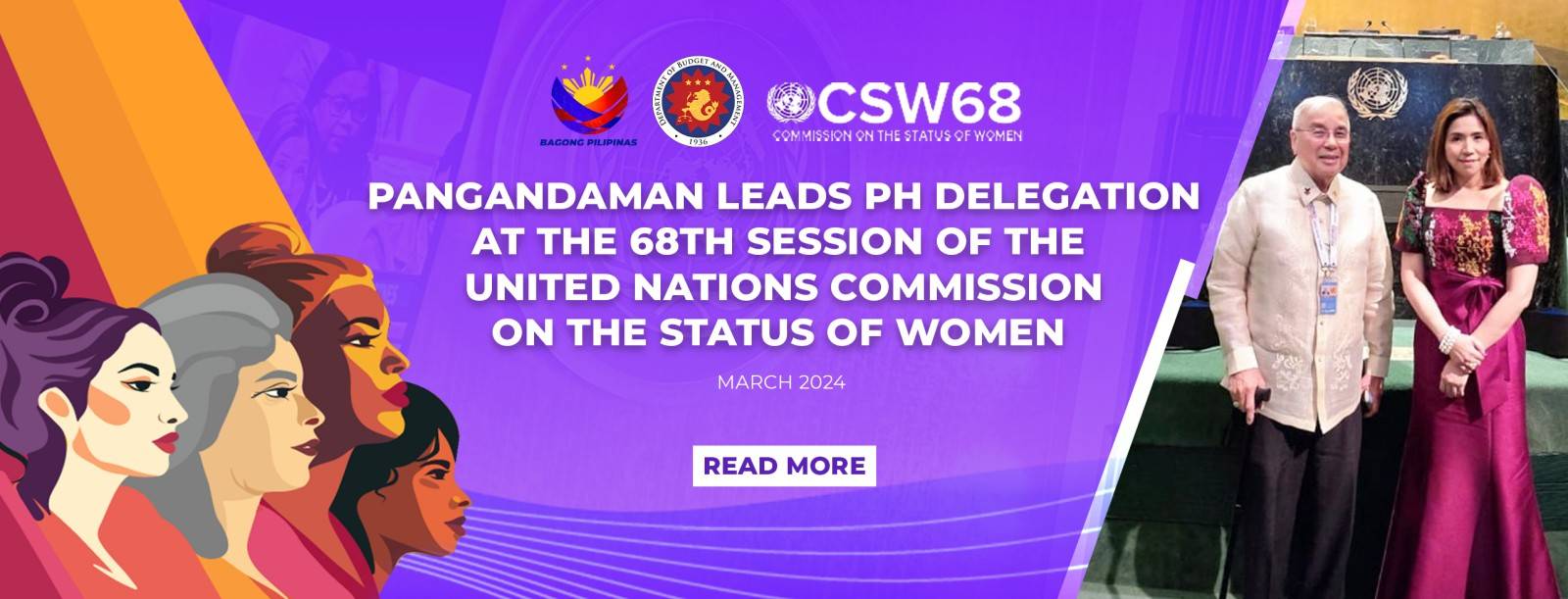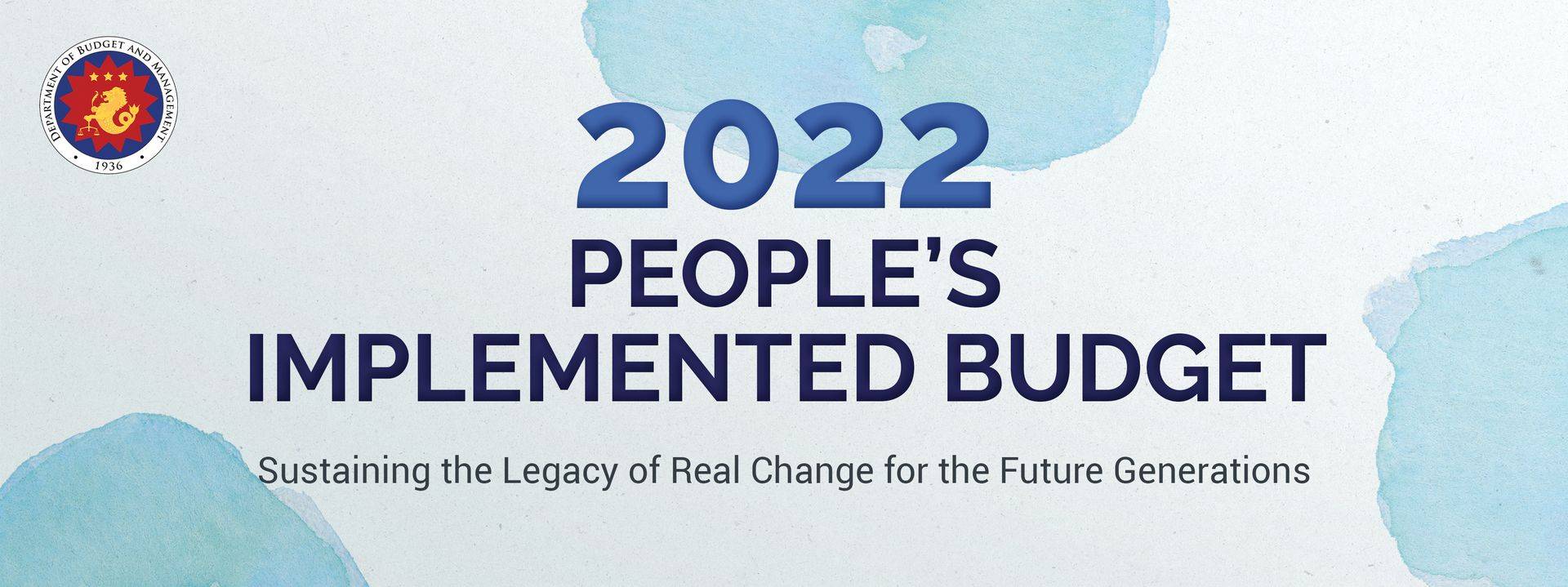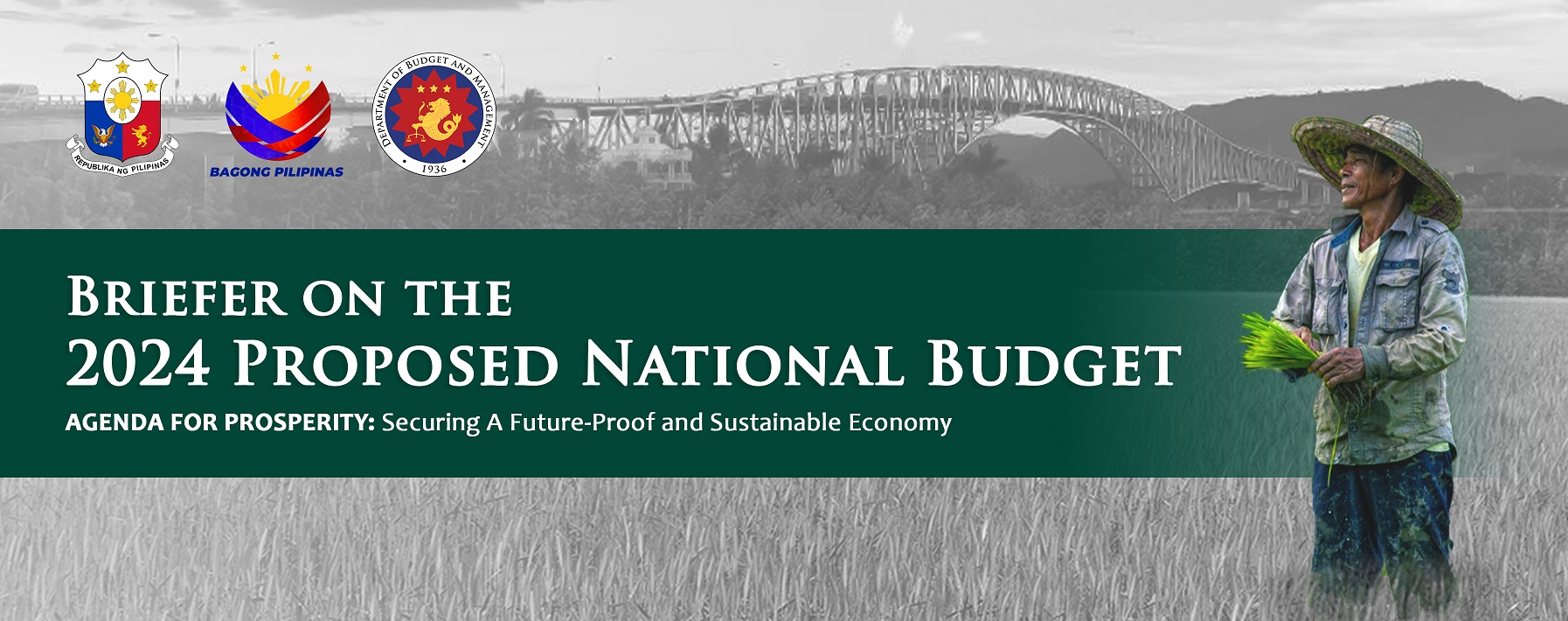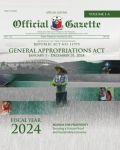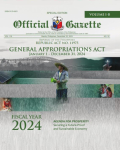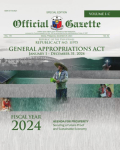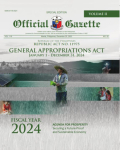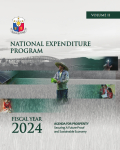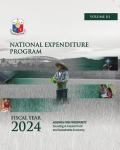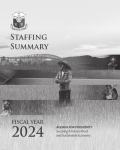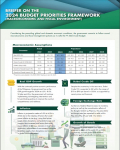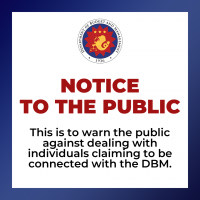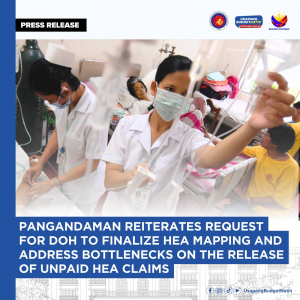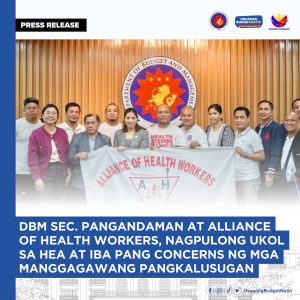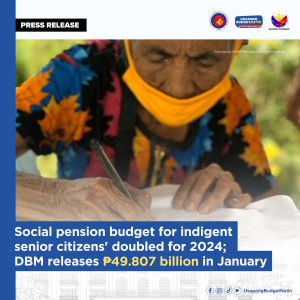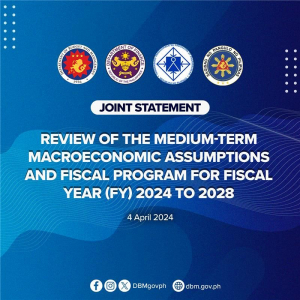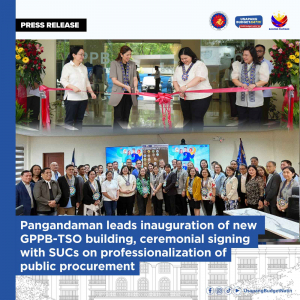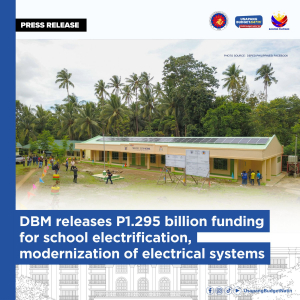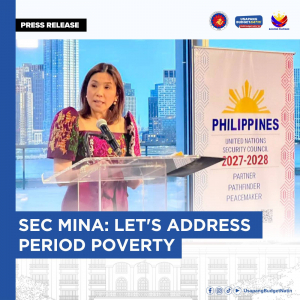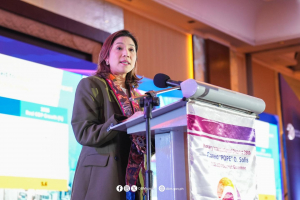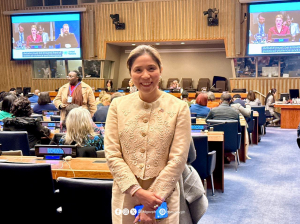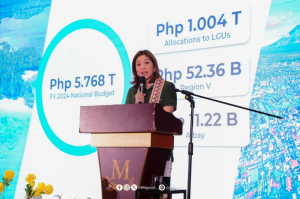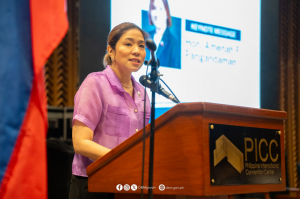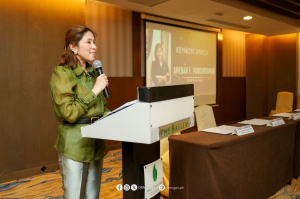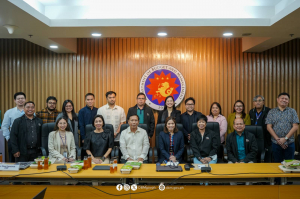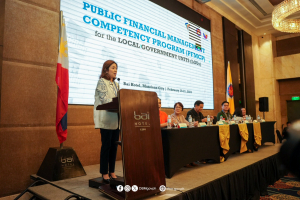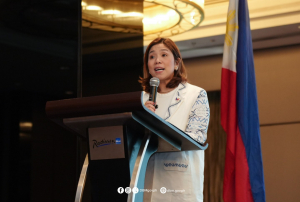The Department of Budget and Management, created under Executive Order No. 25 dated April 25, 1936, is mandated under this Order and by subsequent issuances to promote the sound, efficient and effective management and utilization of government resources (i.e., technological, manpower, physical and financial) as an instrument in the achievement of national socioeconomic and political development goals.
Latest Issuances
Local Budget Circular No. 156
April 15, 2024 Guidelines on the Implementation of Personal Services (PS) Limitation on Local Government Budgets and Determination of Waived PS Items...
Budget Circular No. 2024 – 1
April 4, 2024 Updated Rules and Regulations on the Grant of the Uniform/Clothing Allowance (U/CA) to Civilian Government Personnel
Download Budget Ci...
Circular Letter No. 2024-10
March 20, 2024 UPDATED LIST OF RECOGNIZED RESOURCE PERSONS ON THE NATIONAL GUIDELINES ON INTERNAL CONTROL SYSTEMS (NGICS) AND REVISED PHILIPPINE GOVE...
National Budget Memorandum No. 151
March 19, 2024 BUDGET PRIORITIES FRAMEWORK FOR THE PREPARATION OF THE FY 2025 AGENCY BUDGET PROPOSALS UNDER TIER 2
Download National Budget Memorand...
News
DBM Sec Mina highlights PBBM admin’s commitment to...
Apr 18, 2024
DBM PRESS RELEASE
WASHINGTON, D.C. — Department of Budget and Management (DBM) Secretary Mina F. Pangandaman underscored the commitment o...
Sec. Mina Pangandaman Congratulates, Welcomes New ...
Apr 17, 2024
DBM PRESS RELEASE
Secretary Amenah “Mina” F. Pangandaman, Chairperson of the Open Government Partnership - Philippines (PH-OGP) congrat...
Pangandaman reiterates request for DOH to finalize...
Apr 16, 2024
DBM PRESS RELEASE
In order to promote transparency and resolve issues on unpaid health emergency allowance (HEA) claims of healthcare...
DBM Sec. Pangandaman at Alliance of Health Workers...
Apr 15, 2024
DBM PRESS RELEASE
Nagkaroon ng bukas at makabuluhang pagpupulong kamakailan si Department of Budget and Management (DBM) Secretary Mina...
DBM releases crop insurance budget for the first q...
Apr 07, 2024
DBM PRESS RELEASE
Securing the livelihood of farmers and fisherfolk
To cover the crop insurance premium of subsistence farmers and fi...
Social pension budget for indigent senior citizens...
Apr 05, 2024
DBM PRESS RELEASE
The Department of Budget and Management (DBM) has released a substantial sum of ₱49.807 billion to the Department of Social We...
187th DBCC Joint Statement
Apr 04, 2024
Review of the Medium-Term Macroeconomic Assumptions
and Fiscal Program (FY) 2024 to 2028
April 4, 2024
The Development Budget Coordination C...
Pangandaman leads inauguration of new GPPB-TSO bui...
Mar 21, 2024
DBM PRESS RELEASE
Department of Budget and Management (DBM) Secretary Mina F. Pangandaman graced the inauguration ceremony of the new Government P...
DBM releases P1.295 billion funding for school ele...
Mar 21, 2024
DBM PRESS RELEASE
The Department of Budget and Management (DBM) has approved the release of a Special Allotment Release Order (SARO) amounting t...
DBM: OVER P91 BILLION FOR EMERGENCY BENEFITS, ALLO...
Mar 20, 2024
DBM PRESS RELEASE
The Department of Budget and Management (DBM) to date has already released a total of P91.283 billion for the Public Health Emer...
Pangandaman conferred with the ‘People of the Year...
Mar 20, 2024
DBM PRESS RELEASE
Department of Budget and Management (DBM) Secretary Amenah “Mina” F. Pangandaman was awarded the “People of the Year” 2024 ...
SEC MINA: Tugunan natin ang Period Poverty
Mar 14, 2024
New York City, USA--Kasunod ng 68th annual meeting ng United Nations Commission on the Status of Women, nais ni Budget Secretary Amenah "Mina"...
More In News
Speeches
 |
REPUBLIC OF THE PHILIPPINESAll content is in the public domain unless otherwise stated. |
ABOUT GOVPHLearn more about the Philippine government, its structure, how government works and the people behind it. |
GOVERNMENT LINKS |
